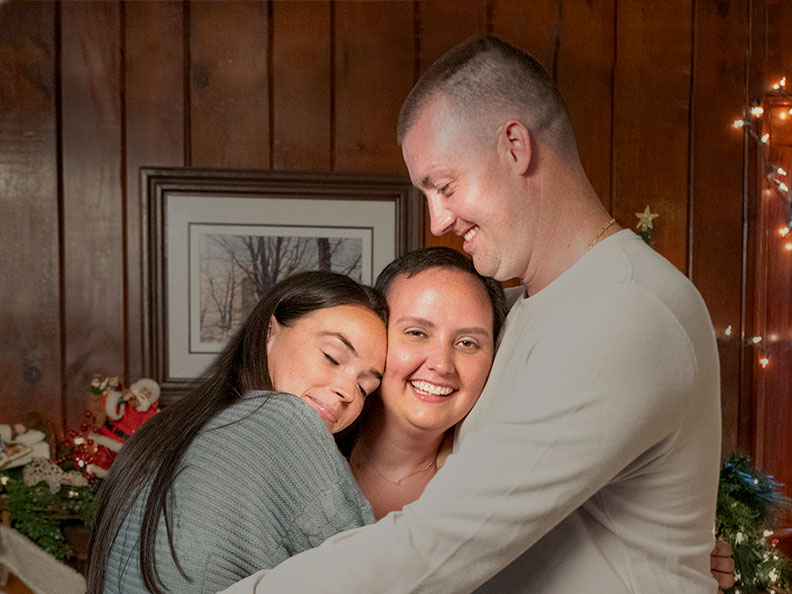Your gift is 100% tax deductible
Survival Rates for Vaginal Cancer
Survival rates can give you an idea of what percentage of people with the same type and stage of cancer are still alive a certain amount of time (usually 5 years) after they were diagnosed. They can’t tell you how long you will live, but they may help give you a better understanding of how likely it is that your treatment will be successful.
Keep in mind that survival rates are estimates and are often based on previous outcomes of large numbers of people who had a specific cancer, but they can’t predict what will happen in any particular person’s case. These statistics can be confusing and may lead you to have more questions. Ask your doctor how these numbers might apply to you.
What is a 5-year relative survival rate?
A relative survival rate compares women with the same type and stage of vaginal cancer to women in the overall population. For example, if the 5-year relative survival rate for a specific stage of vaginal cancer is 80%, it means that people who have that cancer are, on average, about 80% as likely as people who don’t have that cancer to live for at least 5 years after being diagnosed.
Where do these numbers come from?
The American Cancer Society relies on information from the Surveillance, Epidemiology, and End Results (SEER) database, maintained by the National Cancer Institute (NCI), to provide survival statistics for different types of cancer.
The SEER database tracks 5-year relative survival rates for vaginal cancer in the United States, based on how far the cancer has spread. The SEER database, however, does not group cancers by FIGO or AJCC TNM stages (stage 1, stage 2, stage 3, etc.). Instead, it groups cancers into localized, regional, and distant stages:
Localized: The cancer is limited to the vaginal wall.
Regional: The cancer has spread through the vaginal wall to nearby structures or lymph nodes.
Distant: The cancer has spread to distant parts of the body such as the lungs, liver, or bones.
5-year relative survival rates for vaginal cancer
These numbers are based on women diagnosed with vaginal cancer between 2015 and 2021.
| SEER* Stage | 5-Year Relative Survival Rate |
| Localized | 76% |
Regional |
59% |
| Distant | 24% |
| All SEER stages combined | 55% |
*SEER= Surveillance, Epidemiology, and End Results
Understanding the numbers
- These numbers apply only to the stage of the cancer when it is first diagnosed. They do not apply later on if the cancer grows, spreads, or comes back after treatment.
- These numbers don’t take everything into account. Survival rates are grouped based on how far the cancer has spread, but your age, overall health, type of vaginal cancer, how well the cancer responds to treatment, and other factors can also affect your outlook.
- People now being diagnosed with vaginal cancer may have a better outlook than these numbers show. Treatments improve over time, and these numbers are based on people who were diagnosed and treated at least five years earlier.
- Written by
- References

Developed by the American Cancer Society medical and editorial content team with medical review and contribution by the American Society of Clinical Oncology (ASCO).
SEER*Explorer: An interactive website for SEER cancer statistics [Internet]. Surveillance Research Program, National Cancer Institute. Accessed at https://seer.cancer.gov/explorer/ on June 13, 2025.
Last Revised: July 1, 2025
American Cancer Society medical information is copyrighted material. For reprint requests, please see our Content Usage Policy.
American Cancer Society Emails
Sign up to stay up-to-date with news, valuable information, and ways to get involved with the American Cancer Society.



